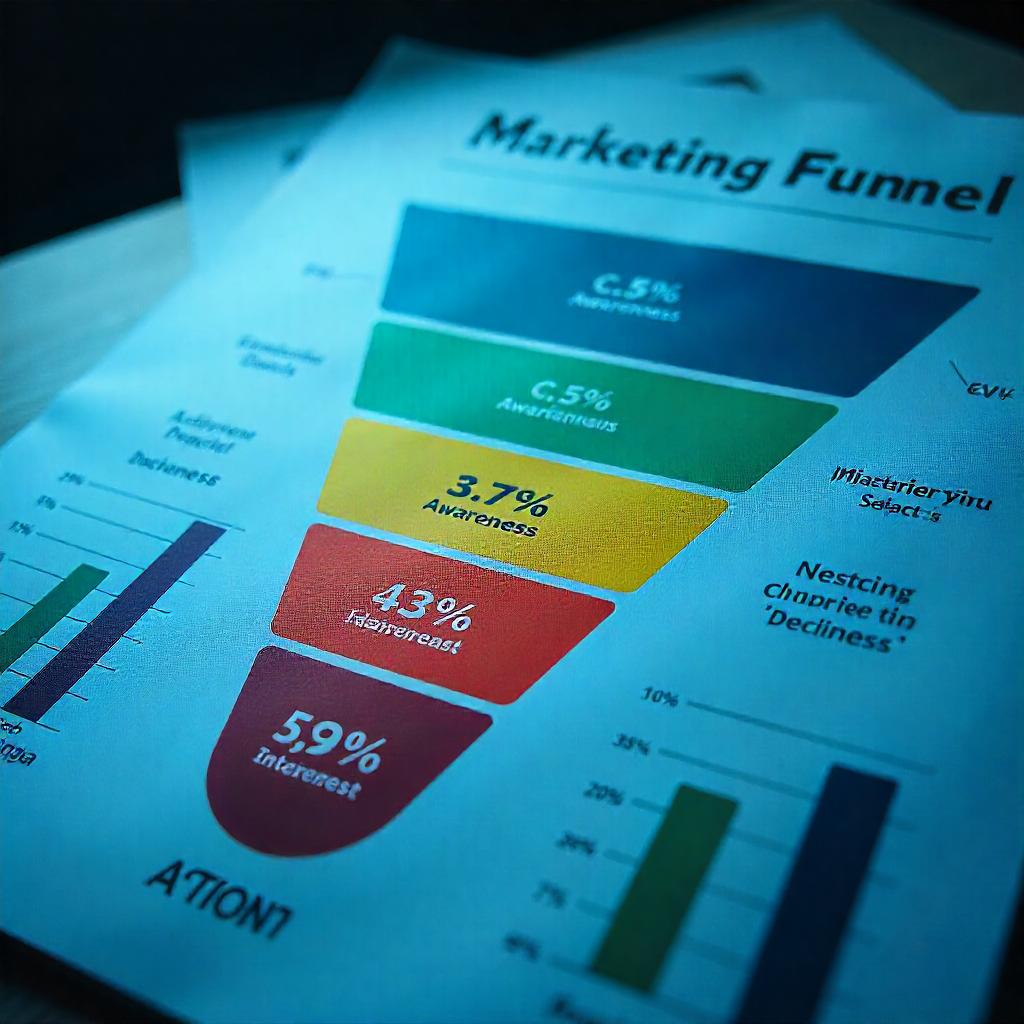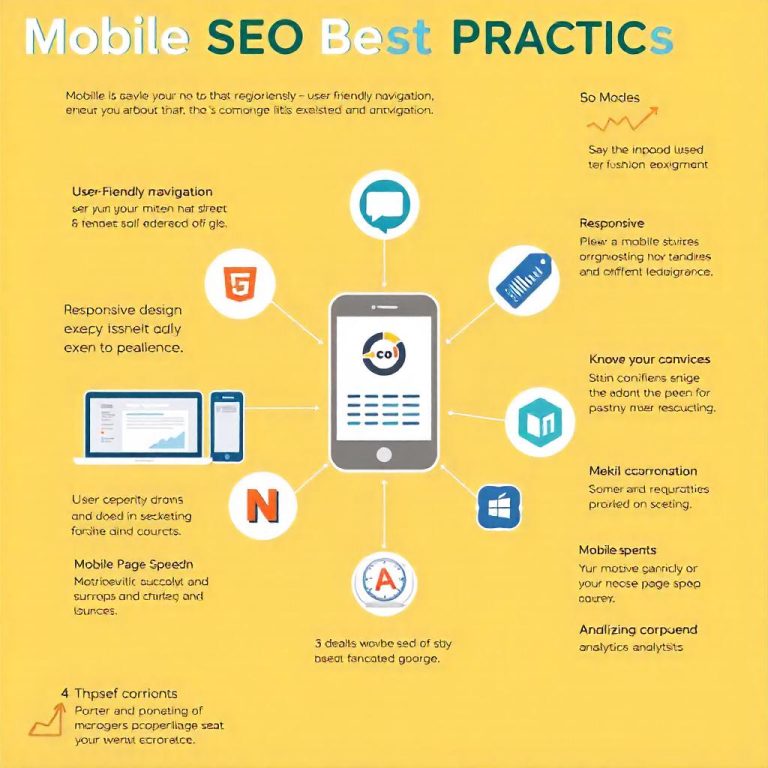What Is A Marketing Funnel
A marketing funnel is a model that represents the stages a potential customer goes through before making a purchase or taking a desired action. It’s a conceptual tool used by marketers to understand and visualize the customer journey, from initial awareness of a product or service to the final conversion or sale. The funnel analogy is used because, at the top of the funnel, you have a wide pool of potential customers, and as they move through the stages, the number of prospects narrows down until only the most qualified or interested individuals remain.
Boost Your Blog and Website with SEO – 50 Articles for Just $20!
Here’s a breakdown of the typical stages of a marketing funnel:
1. Awareness Stage
- What Happens: This is the top of the funnel where potential customers first become aware of your brand, product, or service. They may encounter your brand through social media, advertising, word of mouth, or search engine results.
- Goal: The goal in this stage is to attract as many people as possible to your brand and capture their attention.
- Marketing Tactics:
- Content marketing (blogs, videos, infographics)
- Paid ads (display ads, search ads, social media ads)
- SEO (search engine optimization) to improve organic visibility
- Public relations and influencer marketing
2. Interest Stage
- What Happens: Once prospects are aware of your brand, they move to the interest stage. Here, they begin to seek more information and show interest in your products or services. They might engage with your content, sign up for newsletters, or follow you on social media.
- Goal: To nurture the relationship and build trust by offering more value, such as useful information, product details, or solutions to their pain points.
- Marketing Tactics:
- Email campaigns with educational content
- Case studies or customer testimonials
- Webinars or free trials
- Lead magnets (e.g., eBooks, checklists)
Unlock Your Writing Potential and Start Earning Today with our read online E-book
3. Consideration Stage
- What Happens: At this stage, leads are evaluating their options and considering which product or service might be the best fit for their needs. They are more serious about their decision and may compare your offerings with those of competitors.
- Goal: To position your brand as the solution to their needs and differentiate it from other options.
- Marketing Tactics:
- Product demos or free trials
- Detailed product comparisons
- Reviews and testimonials
- Retargeting ads (ads shown to people who have previously interacted with your brand)
4. Intent Stage
- What Happens: In the intent stage, potential customers show clear intent to buy. They may add items to their shopping cart, request a quote, or engage with your sales team.
- Goal: To convert these interested prospects into paying customers by addressing any final questions or objections they may have.
- Marketing Tactics:
- Special offers or discounts
- Personalized emails or offers
- Follow-up calls or live chats with sales representatives
- Demonstrating the value of your offering in solving their specific problem
5. Conversion Stage
- What Happens: This is the bottom of the funnel where prospects make a purchase, sign up for a service, or take the desired action (e.g., filling out a form or subscribing). This is the moment where the lead becomes a customer.
- Goal: To close the sale or get the prospect to complete the desired action.
- Marketing Tactics:
- Clear call-to-action (CTA) buttons
- Simplified checkout or sign-up processes
- Social proof and testimonials that reinforce the buying decision
- Urgency tactics (limited-time offers, scarcity)
6. Post-Purchase Stage (Loyalty or Advocacy)
- What Happens: After the purchase, the funnel doesn’t necessarily end. Post-purchase marketing focuses on turning one-time customers into repeat customers or brand advocates. Happy customers may recommend your product to others or share their experiences on social media.
- Goal: To foster customer loyalty, encourage repeat purchases, and turn customers into advocates who promote your brand to others.
- Marketing Tactics:
- Customer support and follow-up emails
- Loyalty programs or rewards for repeat purchases
- Referral programs
- Requesting reviews or testimonials
- Asking satisfied customers to share their experience on social media or with friends
The Importance of the Marketing Funnel
- Guides Marketing Strategy: Understanding the marketing funnel helps businesses tailor their marketing messages to the right audience at the right time. For example, top-of-funnel marketing is focused on awareness and education, while bottom-of-funnel marketing is geared toward conversions and closing the sale.
- Helps Identify Gaps: By analyzing the funnel, marketers can identify where prospects are dropping off and develop strategies to address those weak points, such as improving a product page, simplifying the checkout process, or offering better content.
- Improves Customer Targeting: By understanding which stage of the funnel a lead is in, you can target them with personalized content, offers, or follow-up to move them further down the funnel.







